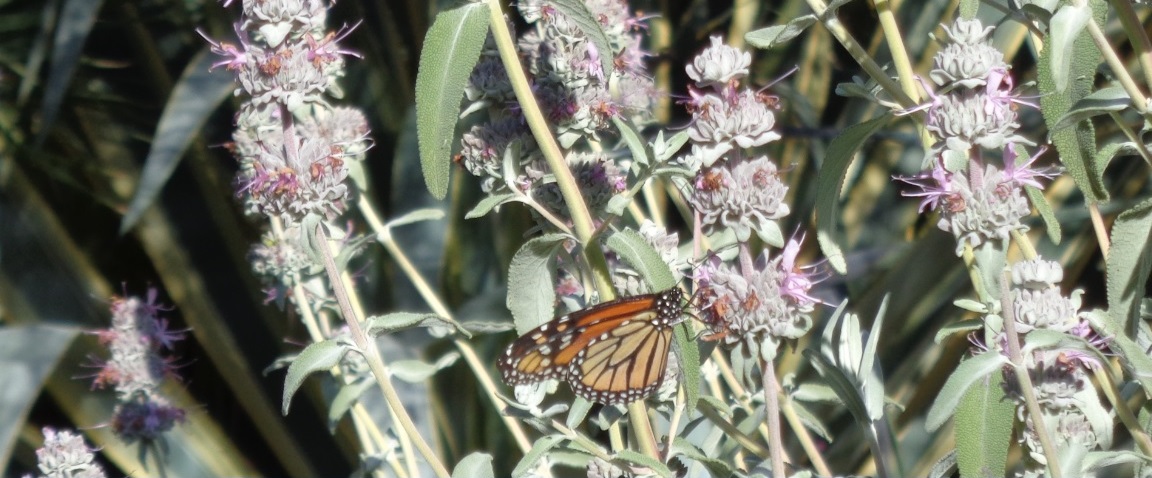Hypermiling Improves Your Gas Mileage
by Michael Stevenson
 Want to help the environment by becoming more energy efficient but you can’t afford a newer more fuel efficient car?
Don’t despair, become a Hyper-miler!
Want to help the environment by becoming more energy efficient but you can’t afford a newer more fuel efficient car?
Don’t despair, become a Hyper-miler!
This technique maximizes your gas mileage by making fuel-conserving adjustments to your vehicle and driving skill. It can be practiced with any car, regardless of its current fuel economy. Use the following guidelines to start learning how to become a Hypermiler.
Better maintain your car: A properly maintained car is much more energy efficient. Keep your car properly tuned. Replace oil and air filters at suggested intervals. Use the recommended grade of motor oil making sure that it says "Energy Conserving" on the API performance symbol guaranteeing it contains friction-reducing additives. Keep your tires properly inflated. When replacing tires buy low rolling resistant ones, which can increase mileage by as much as 2 miles per gallon.
Drive more cautiously: You can always get better fuel mileage out of your current vehicle by using a device you already have, your right foot. You get a big gain in fuel mileage when you significantly lay off the gas and brake pedals as you drive. Accelerating more slowly away from green lights and stopping more gradually for red lights significantly cuts fuel consumption. Stay under the speed limit. Start out by keeping a conscious eye on how you drive now and you may realize that you've been “hot-rodding” around town for years without ever noticing it. According to Edmunds.com if you currently get 22 miles per gallon a more laid-back driving style could increase your mileage by up to 30%.
Look ahead and anticipate: An ability to drive efficiently depends on being able to spot changes in your driving environment. The way to do this is by constantly scanning well ahead on your intended path. In city driving you should know what’s happening at least 10-15 seconds ahead. On freeways at least a 30 second lead-time is best.
Clean “junk” from your trunk: Don’t’ store unnecessary items in your vehicle. An extra 100 lb. in your car can reduce your MPG by up to 2%.
Avoid “warm up” idling: Don't idle your engine to warm it up even on a cold day. An idling engine gets zero miles per gallon. Instead start driving slowly as soon as the engine is running smoothly. It's a more efficient way to warm the engine as well as the entire drive train including your tires.
Cycle the A/C if you have to use it: Set the air flow to recirculate and then manually turn the A/C on and off as needed. For greater efficiency, switch it on under light engine loads, i.e. when decelerating and turn it off when under moderate to heavy loads, i.e. when you are accelerating or going up a hill.
In the summer park in the shade: This will keep the inside of your vehicle cooler, which can help you minimize use of your air conditioner.
Stagger your travel time: Try to avoid peak rush hours thus spending less time sitting in traffic wasting fuel.
Test yourself: Calculate your current wasteful gas mileage habits. Fill up your gas tank and reset your trip odometer. When its time to refuel, fill the tank completely, write down the number of gallons it took to fill the tank and your new odometer reading. Divide the number of miles driven by the number of gallons it took to fill the tank. This result is your car’s Miles Per Gallon (MPG) for that driving period. Compare this number to how well you do while Hypermiling. Chart your progress over time and see how much you can improve over your old wasteful ways. You owe it to yourself and the environment.


